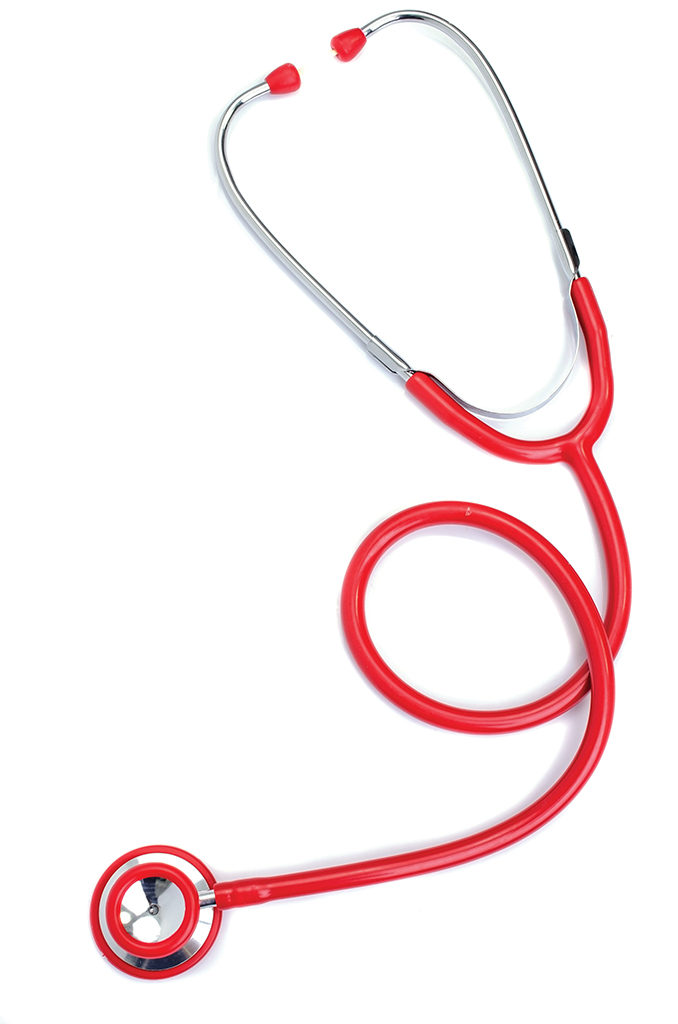
In the category of good medical news, recent cardiology innovations have given surgeons fewer reasons to open your chest. Not surprisingly, these minimally invasive procedures result in shorter hospital stays and quicker recovery times for patients. Two doctors from Johns Hopkins Hospital walk us through the procedures.
The French were first
Let’s start with something called transcatheter aortic valve replacement surgery, which has been on the rise. The procedure repairs the aortic valve without removing the old, damaged valve; instead, it wedges a replacement valve into the aortic valve’s place (check out the American Heart Association’s website, heart.org, for a real inside look).
“The very first transcatheter aortic valve replacement was done just on experimental basis in 2002 in France, and the technology was very crude,” notes Dr. Jon Resar, director of Johns Hopkins’ Adult Cardiac Catheterization Laboratory and Interventional Cardiology.
Ten years ago, the procedure was introduced in the U.S., he says, and technology has advanced enough since then that leading companies like Washington, D.C.-based Edward Lifesciences and Minnesota-based Medtronic have developed two FDA-approved devices for the transcatheter replacements.
“So now, for the first time, there are more aortic valve replacement procedures that are done by catheter techniques than by open heart surgery,” Resar says, “so it’s really revolutionized how we treat patients with aortic valve stenosis.”
Quick explanation: Aortic valve stenosis is the narrowing of the aortic valve opening. This restricts the blood flow from the left ventricle to the aorta and may also affect the pressure in the left atrium. If symptoms for aortic stenosis are not treated, a large percentage of patients die within one or two years, Resar says. The transcatheter aortic valve replacement procedure gives patients who are a high risk for surgery another opportunity to be treated and another chance at life.
“In the past, a lot of these patients, because they were not good surgical candidates, simply would not have been offered this treatment of replacing the aortic valve, because the surgery was just too involved and they wouldn’t have been able to recover from it,” he says, noting the average age of these patients is 86, though his oldest was 102. “It’s been really, really gratifying to see these patients be given a new lease on life and go back to doing the things that they want to do.”
Replicating results
The next new development on the horizon is also a transcatheter replacement, but in this instance for the mitral valve, which is the valve on the left side of the heart (for those who don’t speak cardiology).
The heart’s left side has a far more complex anatomy, Resar says, and clinical trials for the replacement procedure are just beginning in the U.S. In fact, he was headed to Medtronic’s headquarters late last year to be trained about the device for mitral valve replacement.
“The trend you can see is really these procedures, valve procedures, becoming much less invasive and hopefully not require open heart surgery in the future,” he says, though he adds that they won’t entirely eliminate a need for open heart surgery just yet. “How they will help will be allowing patients who otherwise might not be a candidate for open heart surgery to undergo these procedures, to live longer, to have a better quality of life. Those are really the ultimate goals,” he says.
More advances
Dr. Harikrishna Tandri, co-director of Johns Hopkins’ Arrhythmogenic Right Ventricular Dysplasia (ARVD) Program, has seen innovations in the field as well.
“I think all of the surgical field is being converted into a minimally invasive approach and every surgical procedure that we know of has been slowly converted to a catheter-based procedure,” he notes, which lowers hospital stays for patients and improves mobility.
The catheter approach has become more popular in his field of treating arrhythmias, which are irregular or abnormal heart rhythms. Sympathectomy, for instance, is one practice for which surgeons are developing a catheter-based approach. The current procedure requires the surgeon to make two incisions on either side of the heart to gain access to the sympathetic nerve. Patients must be ventilated, which means they are not breathing on their own.
“It’s not easy to do these procedures,” he acknowledges. “We are devising a catheter that would go through the blood vessels and accomplish the same thing without having to cut open the chest.”
As these procedures become more developed and are used more often, Tandri hopes that more patients who are a high risk for surgery will get the help they need. “I am hopeful that many of these interventions will see the light of the day and will open up use of this to a bigger audience,” he says.




